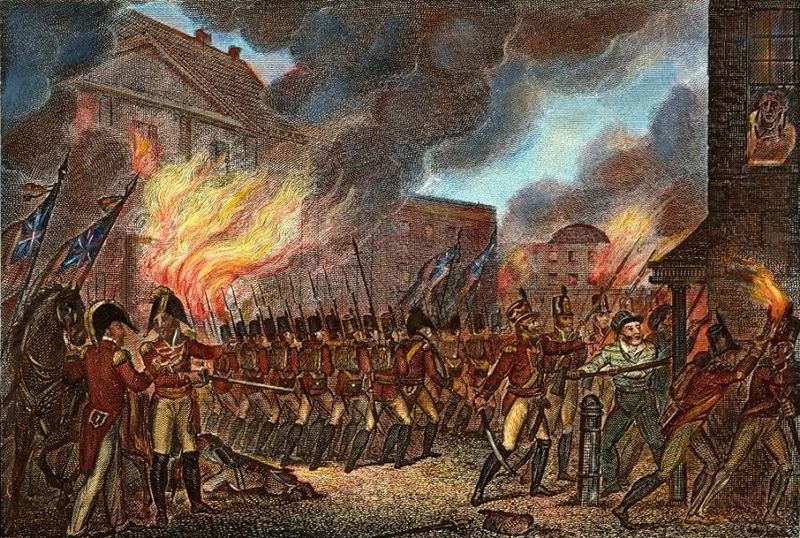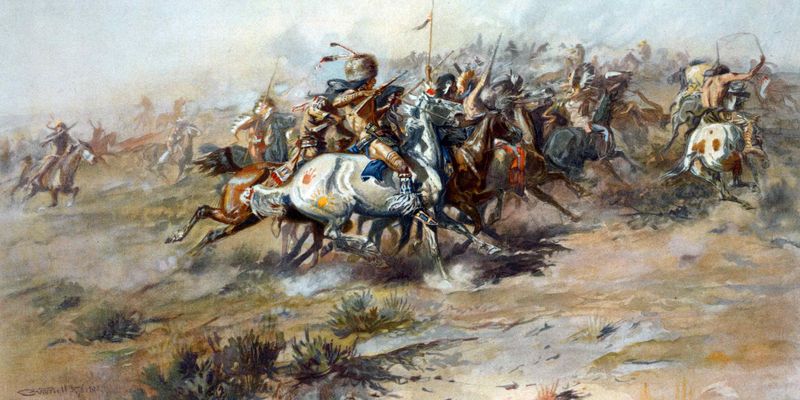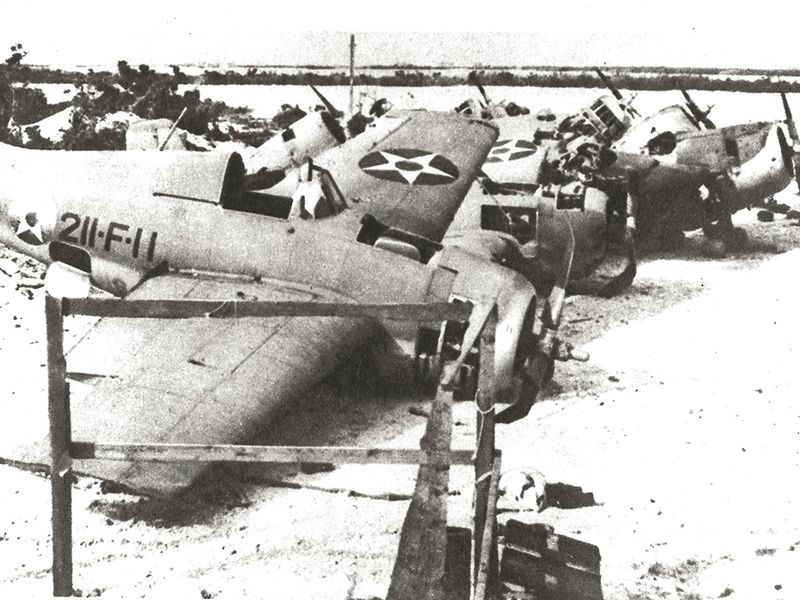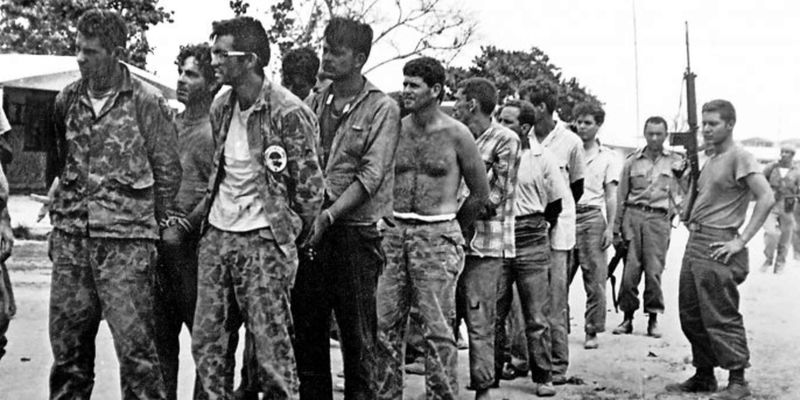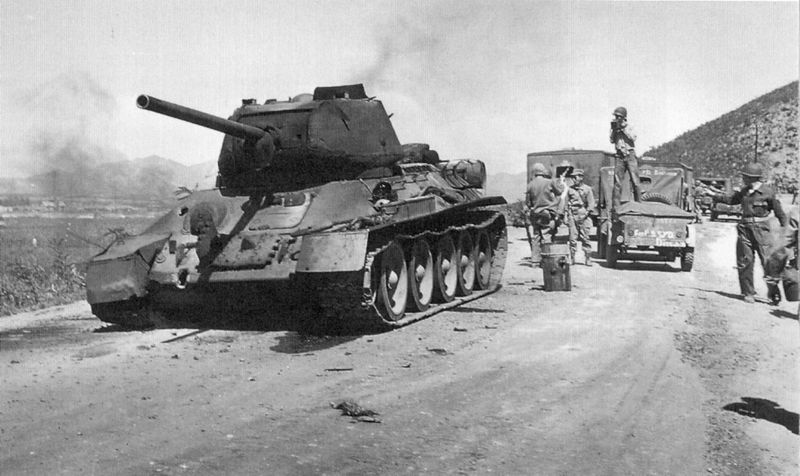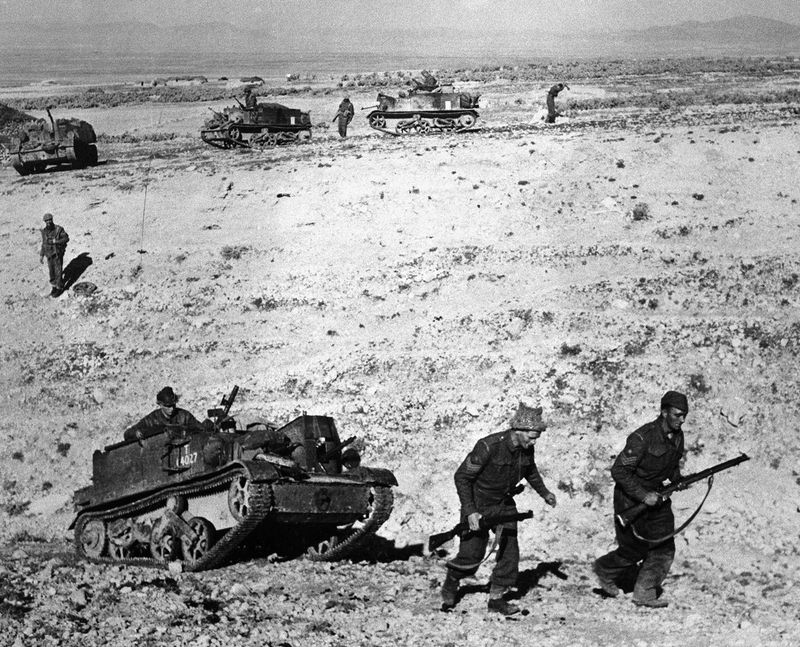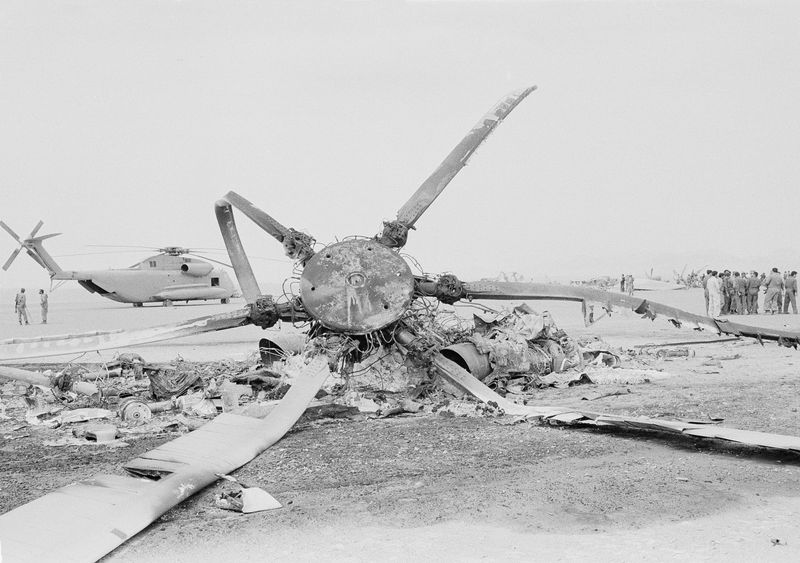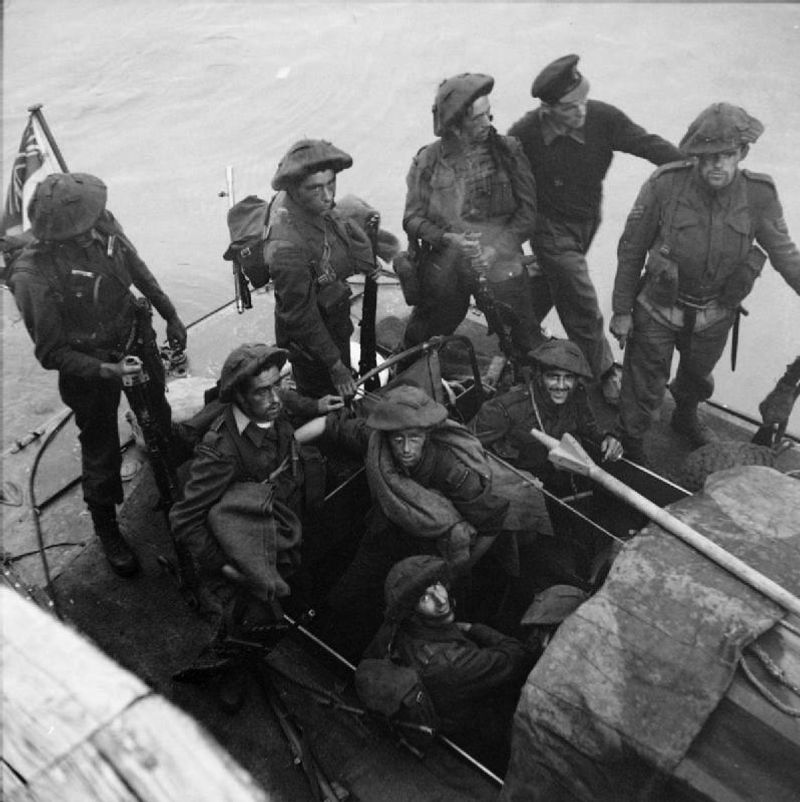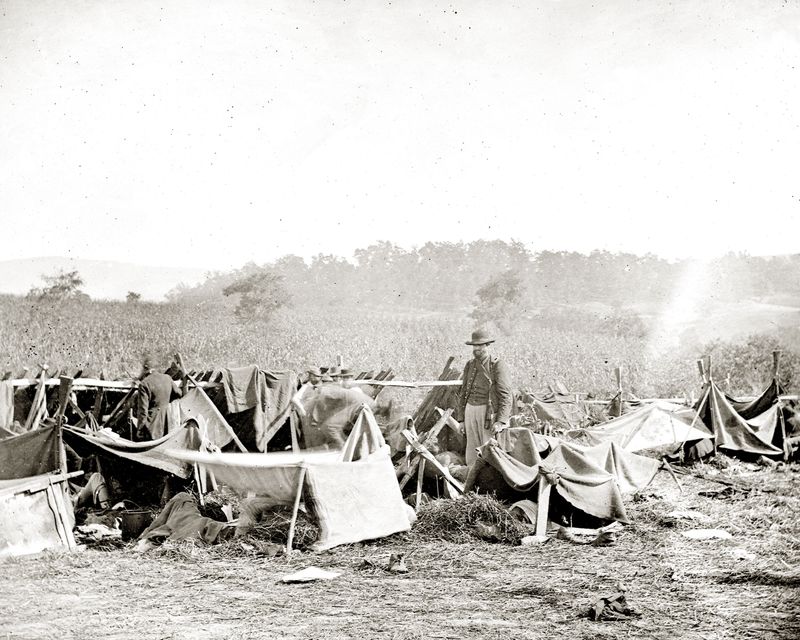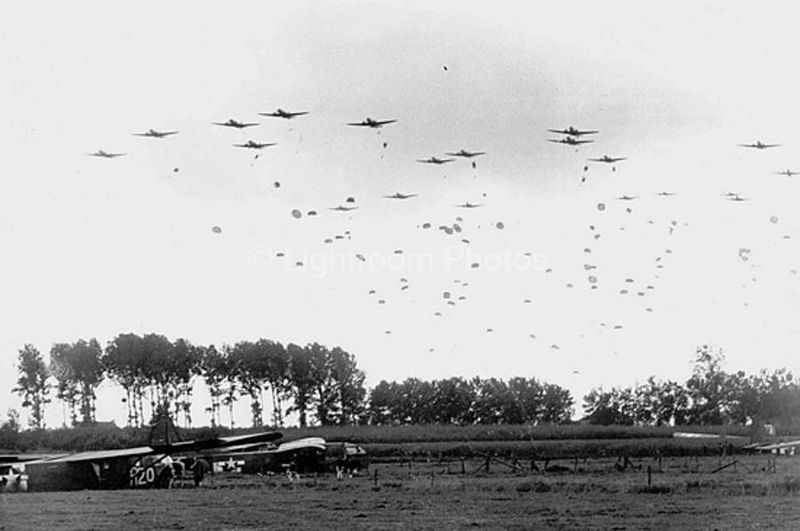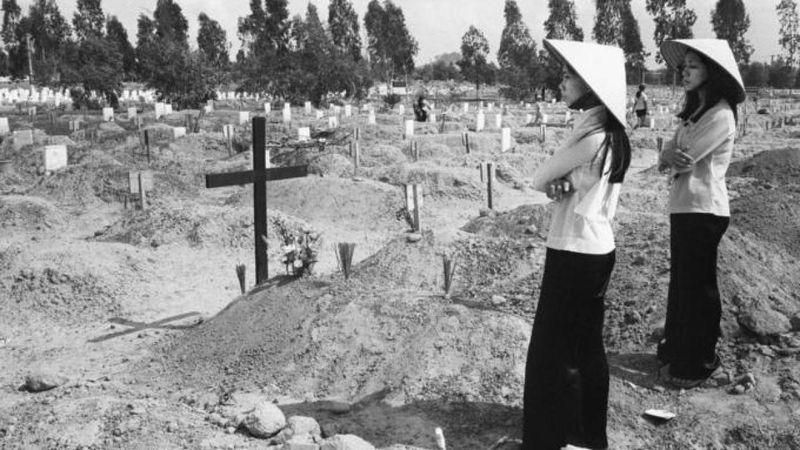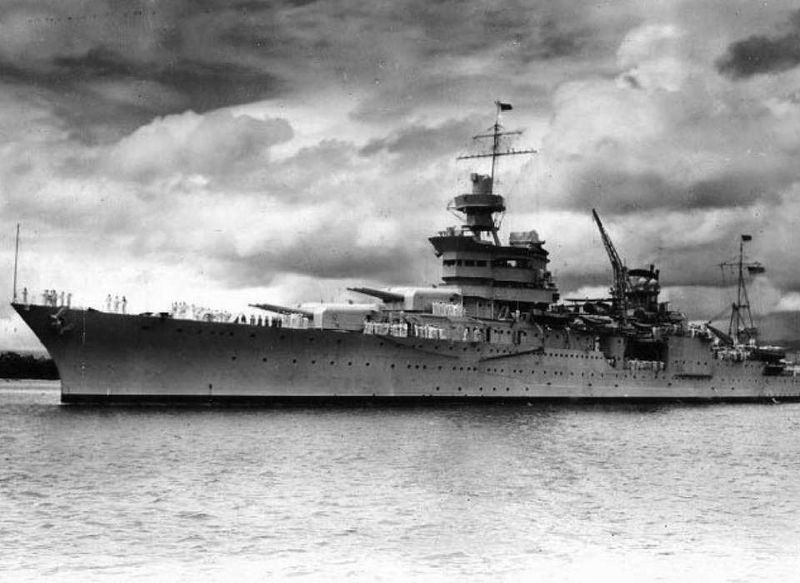History often glorifies victories—but it’s the defeats, the disasters, and the devastating miscalculations that sometimes shape a nation more profoundly. From overlooked ambushes to full-blown tactical catastrophes, these military blunders changed U.S. history in ways few remember. Here are 20 moments the history books tend to skip.
1. The Battle of Bladensburg (1814)
“The greatest disgrace ever dealt to American arms”—a scathing critique of the Battle of Bladensburg. During the War of 1812, this embarrassing loss left Washington, D.C. open, allowing British forces to set the White House ablaze.
Despite having superior numbers, American troops faltered under poor leadership. The scene was chaotic, with troops fleeing in disarray.
The British marched into the capital unopposed. This defeat shook the nation, revealing vulnerabilities and sparking urgent military reforms. A sobering reminder of how missteps can have far-reaching consequences.
2. Little Bighorn (1876)
Known for its infamous outcome, the Battle of Little Bighorn saw General Custer’s overconfidence meet its match. Nearly his entire force was wiped out by a coalition of Lakota, Cheyenne, and Arapaho warriors.
Custer, believing in his numerical superiority, underestimated his opponents. The result was a catastrophic defeat for the U.S. military.
This event remains a symbol of hubris and miscalculation. It highlighted the fierce resistance of the Native American forces and became a turning point in U.S. military history.
3. The Fall of Wake Island (1941)
A heroic yet doomed defense—Wake Island’s fall shortly after Pearl Harbor was a stark wake-up call. U.S. Marines, though valiant, crumbled under overwhelming Japanese attacks.
Despite early successes, the defensive efforts were ultimately futile. Supplies dwindled, hope faded, and surrender became inevitable.
Wake Island’s loss highlighted the unpreparedness of the U.S. military. It was a sobering reminder of the challenges ahead in the Pacific theater. An enduring testament to bravery in the face of insurmountable odds.
4. The Bay of Pigs Invasion (1961)
The Bay of Pigs Invasion—a failed CIA operation that aimed to oust Fidel Castro, ending in humiliation. This misstep tarnished U.S. credibility on the global stage.
An invasion met with strong Cuban resistance; the attackers were quickly overwhelmed. Mismanagement and lack of support sealed its fate.
This failure strengthened Soviet-Cuban ties and exposed the flaws in U.S. foreign policy. It remains a reminder of the perils of underestimating an opponent. An enduring cautionary tale in Cold War history.
5. Task Force Smith (1950)
At the onset of the Korean War, Task Force Smith was hastily deployed to stall North Korean advances. Ill-equipped and outnumbered, it quickly became overwhelmed.
The troops faced well-armed adversaries, revealing stark flaws in American military readiness. A sobering lesson in preparation.
This incident underscored the need for better training and equipment. It served as a catalyst for military reforms, impacting future U.S. engagements. A potent reminder of the cost of unpreparedness.
6. The Battle of Kasserine Pass (1943)
In its first major WWII engagement against the Germans, the U.S. faced a humbling defeat at Kasserine Pass. A clash that exposed the inexperience of American forces.
Despite numerical strength, poor coordination led to chaos. German forces exploited weaknesses, advancing with precision.
This defeat was a turning point, prompting urgent tactical reassessments. It paved the way for improved strategies that would later contribute to Allied successes. A lesson in adaptation and resilience.
7. Operation Eagle Claw (1980)
Operation Eagle Claw—an ill-fated rescue mission for American hostages in Iran, marked by disaster. A helicopter collided with a transport plane, killing eight servicemen.
This tragedy underscored the complexities of international rescue operations. The mission’s failure was a national embarrassment.
In response, U.S. Special Operations Command was established, revolutionizing military tactics. A pivotal moment, it reshaped future operational planning. A testament to learning from mistakes.
8. The Battle of Bataan (1942)
The Battle of Bataan—a grueling siege in the Philippine jungle. U.S. and Filipino troops, undersupplied and overwhelmed, eventually surrendered.
Their suffering didn’t end there. The infamous Bataan Death March followed, marking a dark chapter in military history.
This defeat highlighted the need for strategic foresight and better logistics. It underscored the harsh realities of wartime adversity. Bataan’s legacy is one of courage amidst crushing odds.
9. The Dieppe Raid (1942)
The Dieppe Raid—a bold yet catastrophic precursor to D-Day. U.S. Rangers joined British and Canadian forces in an assault that ended in disaster.
Despite careful planning, the raid faced fierce resistance. Casualties were high, and the objective was not achieved.
Lessons learned from this failure were invaluable for future operations. It was a costly but crucial step in refining Allied strategies. A testament to the importance of adaptability in warfare.
10. The Black Hawk Down Incident (1993)
Mogadishu, 1993—a routine mission turned nightmare, immortalized as the Black Hawk Down incident. Eighteen Americans killed, dozens wounded, in a chaotic urban firefight.
The mission’s failure was a wake-up call for military planners. It highlighted the challenges of urban warfare.
Graphic images shocked the nation, influencing public opinion on foreign intervention. A defining moment that reshaped U.S. military engagement strategies. A somber reminder of the unpredictability of conflict.
11. The Battle of Antietam (1862)
The Battle of Antietam—technically a Union victory, yet it came at a staggering cost. Over 22,000 casualties in a single day—a record of bloodshed.
Tactically indecisive, it remains the bloodiest day in American history. A sobering testament to war’s devastation.
Despite the high cost, it provided President Lincoln the platform to issue the Emancipation Proclamation. An event that changed the war’s course, highlighting the interplay between military and political spheres.
12. The Surrender of Detroit (1812)
The Surrender of Detroit—a capitulation without a fight. General William Hull, fearing massacre, handed the city to the British.
The decision demoralized American forces and handed a strategic fort to the enemy. A moment of profound embarrassment.
This surrender reinforced the need for stronger leadership and resolve. It was a pivotal moment in the War of 1812, shaping military strategies. A reflection on courage and its absence.
13. Operation Market Garden (1944)
Operation Market Garden—an ambitious Allied plan involving American paratroopers, ultimately ending in failure. The attempt to seize Dutch bridges faltered.
Despite initial successes, logistical challenges and fierce German resistance led to setbacks. Thousands of casualties resulted.
This failure delayed the end of WWII, underscoring the perils of overambitious strategies. A lesson in the importance of coordination and flexibility. It remains a cautionary tale in military history.
14. The Battle of Fredericksburg (1862)
The Battle of Fredericksburg—a lopsided defeat for Union forces, marked by repeated frontal assaults on well-entrenched Confederate positions.
The carnage was staggering, shaking public confidence in the Civil War effort. A tactical blunder of epic proportions.
Despite the setback, it spurred strategic reassessments and changes in command. A reminder of the costs of stubbornness and the need for innovation. A defining moment in the annals of military history.
15. The My Lai Massacre (1968)
The My Lai Massacre—a dark chapter not in terms of battlefield loss, but moral disaster. U.S. soldiers killed hundreds of Vietnamese civilians.
Once exposed, the atrocity shattered domestic support for the Vietnam War. It left deep scars on the national conscience.
This event emphasized the importance of accountability and ethics in warfare. A poignant reminder of the human cost of conflict. A call for reflection and reform.
16. The Battle of the Wabash (1791)
St. Clair’s Defeat—the Battle of the Wabash—was a devastating ambush. Native American forces dealt a crushing blow, killing over 600 U.S. troops.
This defeat remains the worst in terms of percentage of forces lost. A lesson in underestimating adversaries.
The loss prompted military reforms and the creation of a more disciplined army. It highlighted the complexities of frontier warfare. A grim reminder of past misjudgments.
17. The Siege of Fort Sumter (1861)
The Siege of Fort Sumter—where the first shots of the Civil War echoed. A Confederate bombardment that led to the fort’s surrender.
The loss wasn’t just strategic; it was symbolic, marking the plunge into all-out conflict. A nation divided.
This event galvanized both sides, setting the stage for the bloodiest war in American history. A defining moment that shaped the nation’s future. A somber herald of the challenges ahead.
18. The USS Indianapolis Disaster (1945)
The USS Indianapolis disaster—a haunting naval tragedy. After delivering atomic bomb components, it was sunk by a Japanese submarine.
Over 800 men died, many from shark attacks and dehydration. A testament to wartime peril.
This incident remains one of the Navy’s deadliest. It highlighted the importance of communication and rescue protocols. A sobering lesson in vigilance and sacrifice.
19. Operation Gothic Serpent’s Aftermath (1993)
Operation Gothic Serpent’s broader failure extended beyond Black Hawk Down. The mission’s aftermath reshaped U.S. foreign policy.
The Clinton administration, reeling from the incident, pulled back from intervention in Rwanda months later. A decision with deadly ramifications.
This event underscored the complexity of international engagements. A lesson in the unintended consequences of military actions. A pivotal moment in policy-making.
20. Fall of Saigon (1975)
The Fall of Saigon—iconic images of helicopters evacuating Americans from rooftops. It marked the chaotic collapse of U.S. efforts in Southeast Asia.
This event was more than just the end of the Vietnam War; it was a stunning defeat. A moment of profound reflection.
The fall highlighted the limitations of military power and the complexities of international conflict. A sobering end to a tumultuous chapter in history. A call for introspection and reconciliation.

